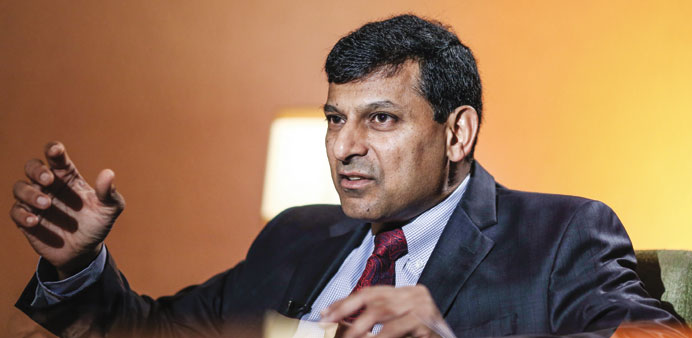India, the world’s second-largest gold consumer, will probably keep restrictions on imports to control the current account deficit and defend the rupee, said the managing director of the country’s biggest refiner.
The limits would result in shipments of 650 metric tonnes to 700 tonnes in the 12 months started April 1 from 650 tonnes a year earlier, according to Rajesh Khosla at MMTC-PAMP India Pvt. Purchases were 845 tonnes in 2012-2013, the finance ministry says. While the form of restrictions may change, the government will continue to restrain buying, he said in an interview. India represented about 25% of global demand in 2013, the World Gold Council says. Prime Minister Manmohan Singh requires importers to supply 20% of purchases to jewellers for export and sell 80% on the local market. Singh also raised import taxes and only allows banks and government-nominated entities to ship in gold. The new finance minister may review the rules after elections in progress now.
“I’m sure he will do something on 20:80,” said Khosla, referring to the import regulations. “You may come up with a quota system, you may come up with an auction system, you may ask the banks to bid. Freeing the import of gold as it used to be prior to the 20:80, I don’t think that is going to happen,” he said in New Delhi on April 8.
China overtook India as the biggest consumer last year. India buys almost all its gold from abroad. Unofficial imports almost doubled to 200 tons in 2013 while official flows dropped 4% to 825 tonnes, the London-based council estimates. Gold climbed 8.2% this year to $1,299.79 an ounce yesterday.
The country will have to go “slowly and steadily” in removing these curbs, Raghuram Rajan, governor of the Reserve Bank of India, said this month. “It would be useful for some of the big uncertainties facing us to be behind us rather than still in front of us before major actions are taken. I do not rule out smaller steps.”
India levies a tax of 10% on gold imports after increasing the rate three times last year. Federal elections will be concluded next month and opinion polls show the opposition Bharatiya Janata Party will emerge as the largest party while falling short of a parliamentary majority.
While the government may remove some of the curbs, they won’t do so completely because that would hurt the current account deficit, Victor Thianpiriya, a commodity strategist at Australia & New Zealand Banking Group Ltd, said yesterday.
Bullion contributed to almost 80% of a record $87.8bn deficit in the year ended March 31, 2013. The shortfall in 2013-2014 would be contained below $40bn, Finance Minister Palaniappan Chidambaram said on March 7, less than the $70bn target. That helped the rupee rally about 14% from a record low in August.
The nation needs other measures to reduce its demand for bullion imports, Khosla said.
“Gold is the Indian DNA,” he said. “Throttling the supply of gold is not the answer.” Government analysis showed India could set aside $30bn annually to import gold and keep its current account manageable, he said. “With gold at $1,400 you come to around 650-700 tonnes. That’s the ballpark figure for you, whoever is in government.”
With demand in India about 1,000 tonnes a year, the remaining 300 tonnes would be met through monetisation of some of the 20,000 tonnes sitting above ground, Khosla said.



